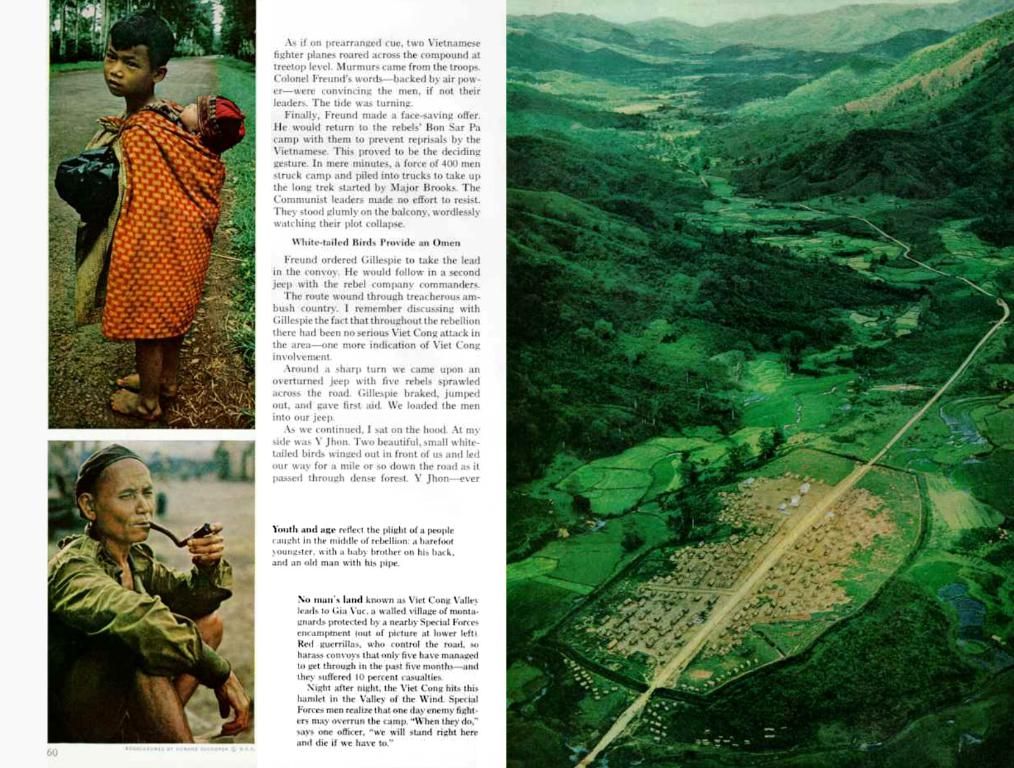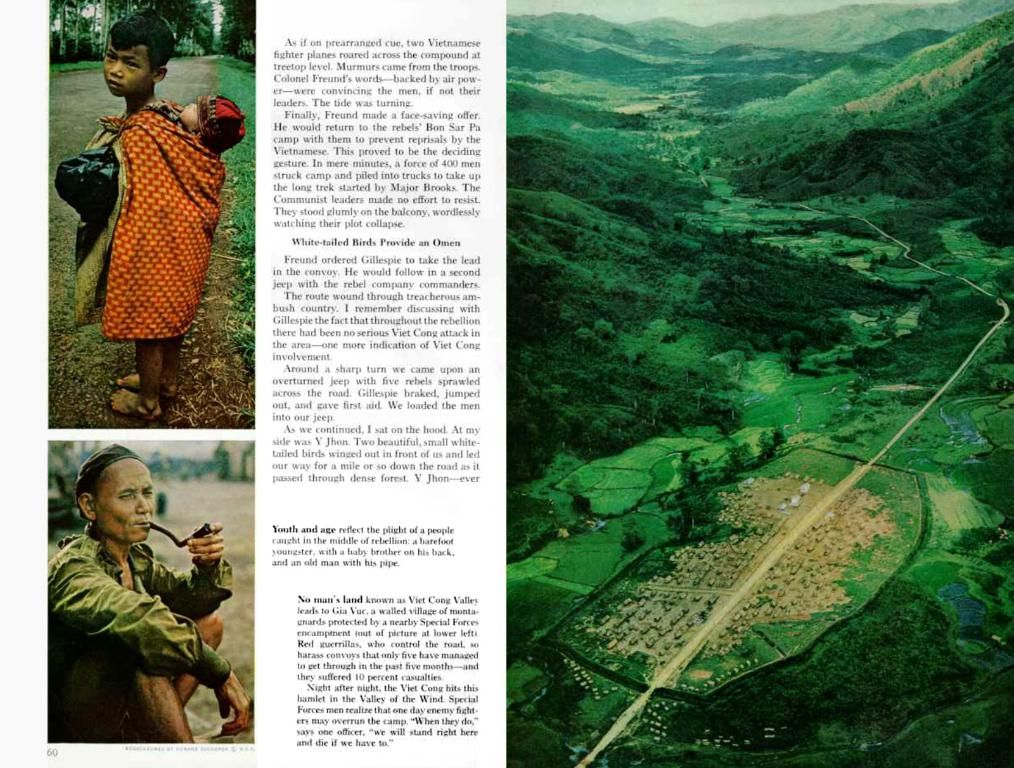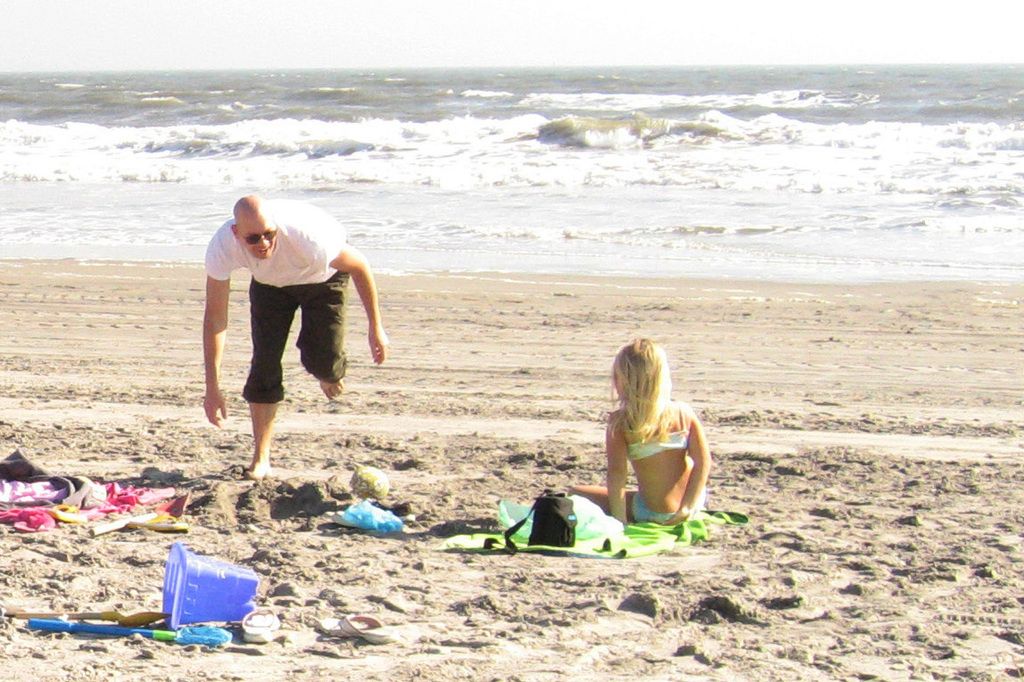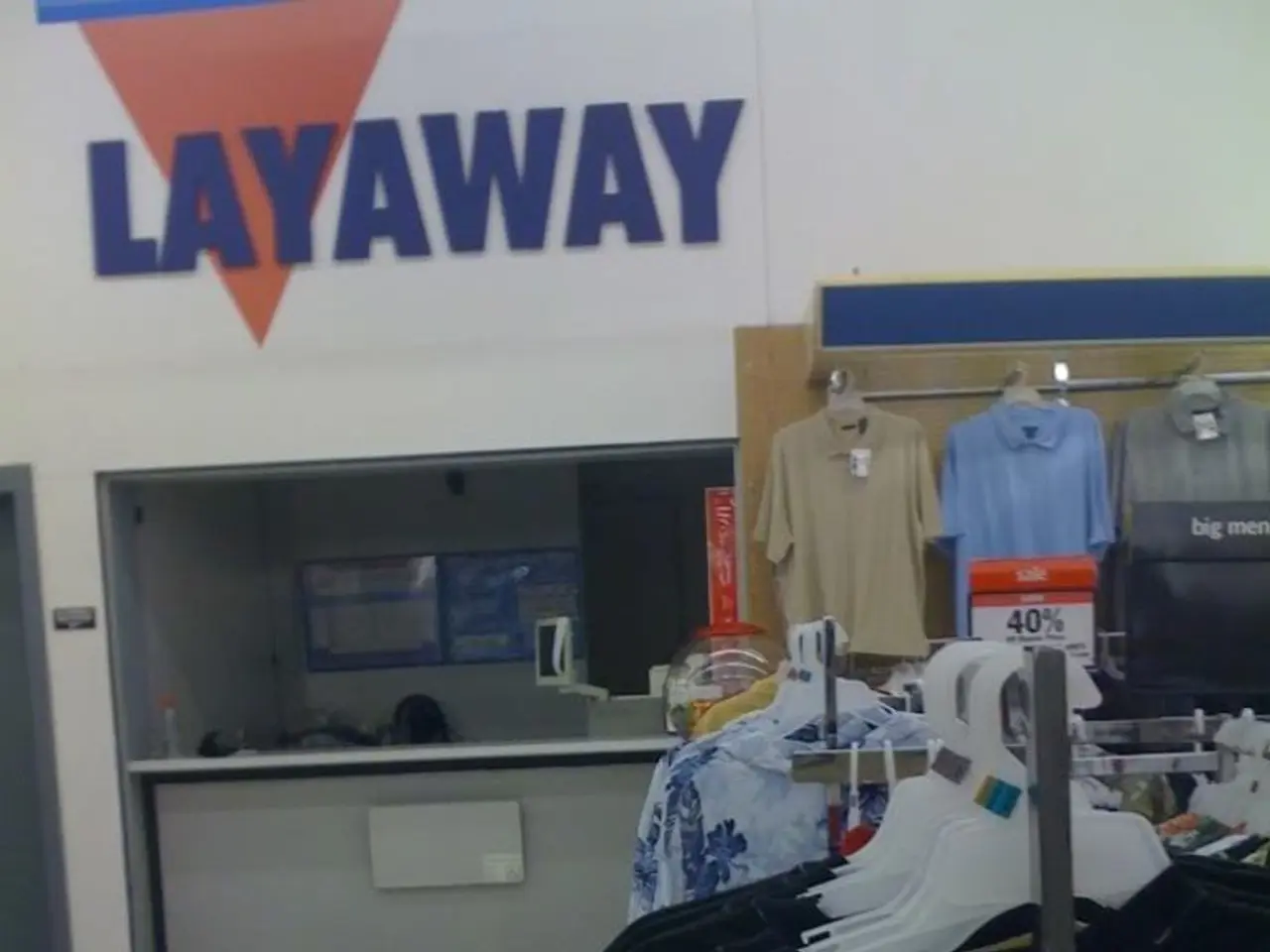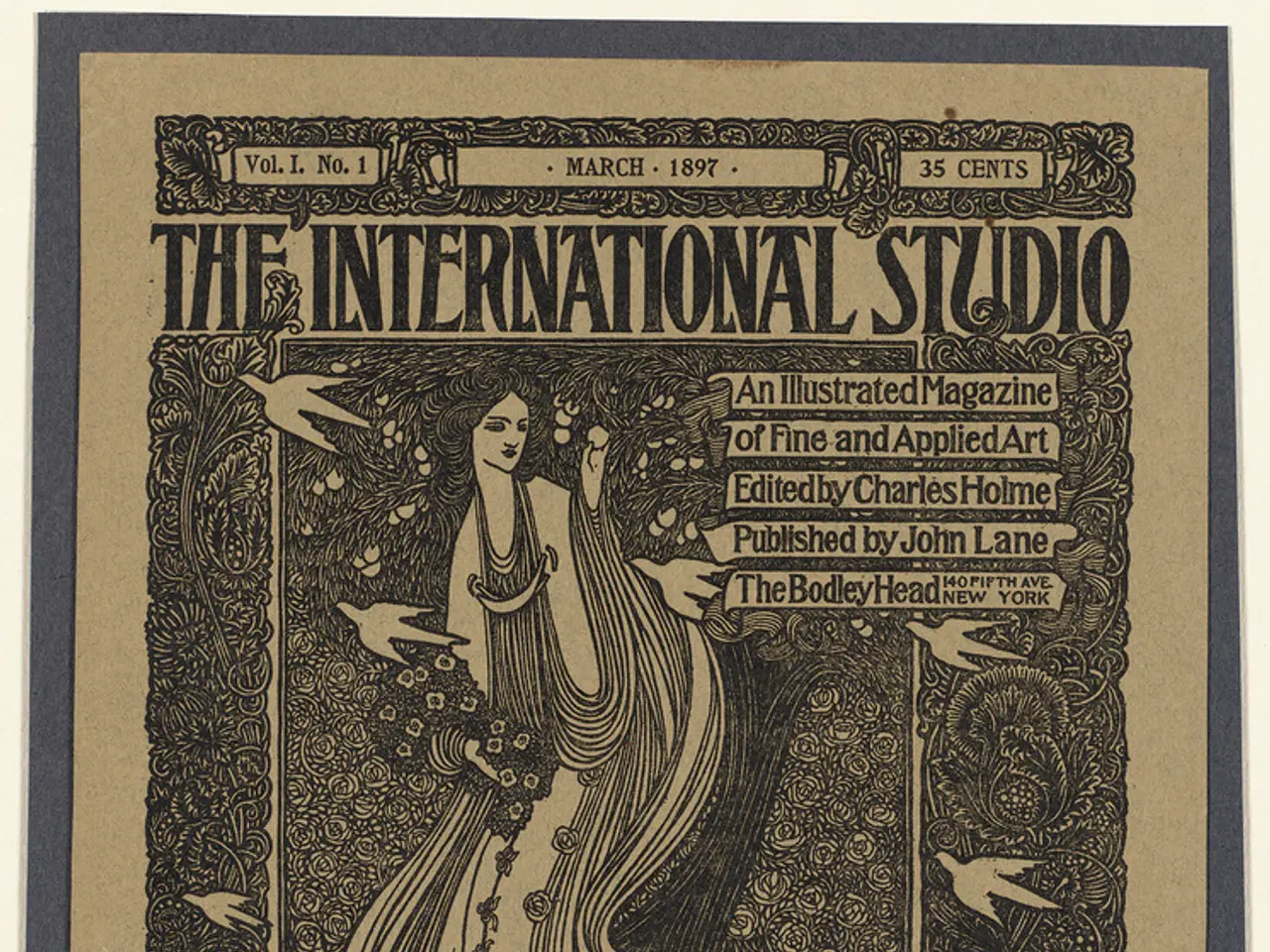Davao Region's Media Makeover: Traditional Vs. Digital Dominance
Online Mediums Overtake Traditional Outlets in Popularity in Davao City
The media landscape in Davao, Philippines, is undergoing a tectonic shift, with digitally-mediated platforms eclipsing traditional media in the race for attention and as a source of information and entertainment.
Sayonara, Print and Radio? Not so Fast!
In a surprising twist, print media, including newspapers and magazines, have taken a nosedive in popularity – a stark contrast to the 65.4% of Davaoenos who once flowed with the news ink in 2019. Fast-forward to 2024, and the figure plummeted to a mere 33.4%. Simultaneously, digital newspaper reading embarked on an upward spiral, attracting 52.9% of the populace, pointing squarely towards the internet as the preferred news source1.
Radio, too, has lost some of its charm, losing listeners at a rate unheard of before – from 78.4% in 2019 to 63.9% in 2024. The visual medium isn't immune to the changing tide either, with television viewership dropping from a commanding 95.8% in 2019 to a more modest 81.9%1. Movie-going fans also appear to be trading the cinema for cozy couches and digital screens, as cinema and DVD viewership dipped from 68.8 to 64.9%1.
Welcome, Social Media and Streamers!
Enter the digital realm, where inhabitants revel in the limitless possibilities of social media, video streaming, and music streaming services. Social media surged from a 66.3% presence in 2019 to a dominating 77.5% of user access in 2024, unwinding on platforms like Facebook, Instagram, and Twitter1. Video streamers now reside in the snug embrace of 64.6% of households, nonchalantly discarding the cumbersome DVDs for the ease and convenience of streaming services like YouTube and Netflix1. Music enthusiasts echo the same sentiment, with music streaming platforms attracting 62.3% of the Davao populace1.
A New Digital Life for Davao - Technology's Role in Daily Life
Beyond leisure, the digital transformation has crept into other aspects of life. Online marketplaces like Lazada, Shopee, and Carousell now count 39.4% of the population as regular patrons, while 33.8% rely on the internet for government services or financial transactions1. Curiously, internet utilization for work and academic research has decreased slightly – from 56.4% in 2019 to 51.3% in 2024 – suggesting an inclination towards more leisure-oriented activities1.
Mobile phones, almost ubiquitous symbols of connectivity, sit in 82.7% of Davao households, effectively banishing the once-indispensable landlines (accounting for a meager 6.9%)1. Subscription-based digital services have also gained traction, with mobile broadband subscriptions earning the lead position at 33.1%1. Movie streaming and video on demand subscriptions follow closely behind at 25.2% and 19.2%, respectively.
Adapt or Perish: The Future of Davao's Media Landscape
The 2024 PSA-Davao report paints a picture of a community voraciously embracing the digital age, as more and more residents turn to online platforms, not only for entertainment but also for essential services, communication, and commerce. For traditional media outlets, the writing seems to be on the wall: adapt or disappear.
The Icing on the Cake: Challenges, Opportunities, Moonshot Concerns
The digital transition, while exciting, isn't without its own hiccups. Rising concerns surround cybercrime, misinformation, and the potential for privacy violations – concerns only too evident in recent high-profile cases involving local vloggers and misinformation campaigns4. Addressing these challenges will be key to the region's continued evolution.
On the flip side, the widespread adoption of technology offers a myriad of opportunities for innovation, economic growth, and socio-political advancement5. However, these opportunities come with their own set of challenges, including digital literacy, access disparities, and the need to regulate the digital sphere in ways that protect people while fostering innovation.
In conclusion, the digital transformation sweeping through Davao presents a kaleidoscope of possibilities and challenges, painting a vibrant yet complex picture of the evolving media landscape in this dynamic region.
The government in Davao must consider the rising dominance of digital platforms as a potential crisis for traditional media, such as newspapers and radio stations, that have seen significant declines in popularity.
Despite the decline in traditional media, there is an increase in the use of social media and streaming services for entertainment, with platforms like Facebook, YouTube, and Netflix gaining popularity among Davaoenos.
The digital transformation in Davao has extended beyond entertainment, with more people relying on the internet for essential services, communication, and commerce, highlighting the need for traditional media outlets to adapt to the changing landscape or risk becoming obsolete.
